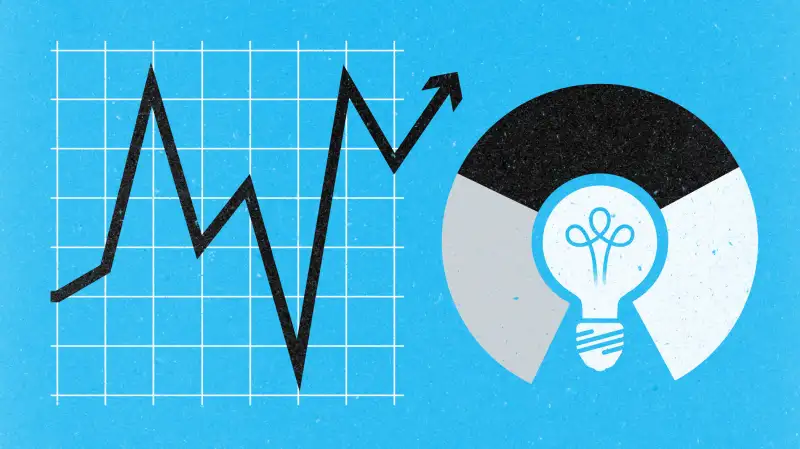Can I Fund One Type of IRA While Tapping Another?
Money is not a client of any investment adviser featured on this page. The information provided on this page is for educational purposes only and is not intended as investment advice. Money does not offer advisory services.

Q: I’m 67 and self-employed. Can I contribute funds to a traditional or SEP IRA in the same year in which I withdraw funds from a Roth? – Stan
A: As a matter of fact, you can.
And depending on your current tax situation, this may not be such a bad idea, says Joe Heider, founder of Cirrus Wealth Management in Cleveland.
Regardless of whether you take the standard deduction or itemize deductions, you can deduct eligible contributions to a traditional IRA or a Simplified Employee Pension Plan, otherwise known as a SEP IRA, commonly used by self-employed individuals or small-business owners.
Because you’re over the age of 50, you also qualify for catch-up provisions, meaning you can contribute up to $6,500 in a traditional IRA. For someone in the 25% tax bracket, that translates to savings of $1,625 in federal taxes.
“You’re essentially using tax-free funds from your Roth to get a current deduction,” says Heider. You will, of course, owe taxes when you withdraw funds from a traditional IRA or SEP down the road. As long as your tax rate doesn’t go up in retirement, which is unlikely, it pencils out.
Since you’re self-employed, you could potentially contribute more pre-tax dollars to a SEP IRA. There is no catch-up provision with a SEP, but the contribution limit is up to 25% of your compensation. (That figure varies slightly depending on whether you work under an unincorporated or incorporated entity.) Keep in mind that the money you withdraw from a Roth doesn’t count as your eligible compensation. Those withdrawals, though, may free up more of your earned income for savings.
Also remember that when you turn 70 ½ you’ll still be subject to required minimum distributions from your traditional IRA, and that means you’ll need to withdraw a small percentage of your savings from your account. At that point, you can continue contributing to a Roth IRA — assuming you still have earned income and you qualify — though not a traditional IRA.